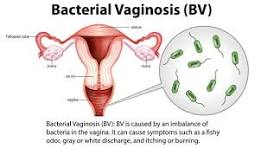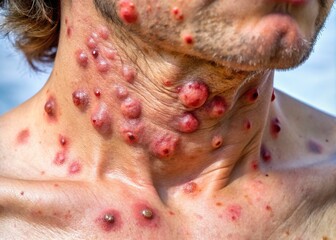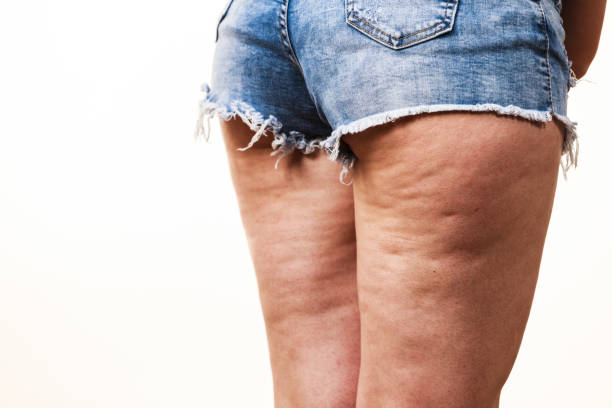INTRODUCTION
Health is wealth—a simple yet profound truth. One sickness can drain a
lifetime of savings, leaving individuals and families in distress. While modern
medicine has made remarkable strides in diagnosing and treating diseases, many
health conditions continue to defy medical solutions, pushing us to explore
alternative approaches.
Natural remedies have been a cornerstone of healing for centuries, long before
the advent of modern pharmaceuticals. Across cultures and civilizations, people
have relied on nature’s gifts—herbs, roots, fruits, and holistic practices—to
restore health and vitality. While this encyclopedia does not seek to undermine
the importance of medical science, it aims to complement it by shedding light
on time-tested natural solutions. It encourages further research into the power of
nature in healing, offering insights into remedies that have provided relief to
countless individuals.
NATURAL REMEDIES FOR BACTERIAL VAGINOSIS
Bacterial vaginosis (BV) is a common vaginal infection caused by an
imbalance of bacteria in the vaginal microbiome. Although clinical
evaluation and treatment are necessary to fully resolve BV, some
natural remedies may offer symptom relief and support vaginal health.
These remedies work by restoring bacterial balance, reducing
inflammation, or creating an unfavorable environment for harmful
microbes. Below are commonly used natural approaches, along with
preparation and usage instructions:
1. Probiotics
How it works: Probiotics help reintroduce beneficial bacteria
like Lactobacillus species to restore the natural vaginal flora.
Preparation: Use probiotic supplements containing
Lactobacillus acidophilus or consume fermented foods such as
plain yogurt, kefir, or sauerkraut.
Usage: Take supplements according to the label or consume
probiotic-rich foods daily to maintain gut and vaginal health.
2. Apple Cider Vinegar (ACV)
How it works: ACV’s antibacterial and pH-balancing properties
may help regulate the vaginal environment.
Preparation: Mix 2 tablespoons of raw, unfiltered ACV with one
cup of warm water.
Usage: Use as a vaginal rinse once daily for up to a week,
ensuring the solution is sufficiently diluted to avoid irritation.
3. Tea Tree Oil
How it works: Tea tree oil contains natural antimicrobial agents
that can target harmful vaginal bacteria.
Preparation: Dilute a few drops of tea tree oil in a carrier oil such
as coconut oil.
Usage: Soak a tampon in the mixture and insert for up to two
hours daily for five days. Discontinue immediately if irritation
occurs.
4. Garlic
How it works: Garlic’s allicin content offers potent antimicrobial
effects that may combat BV-causing bacteria.
Preparation: Peel a garlic clove, wrap it in sterile gauze or
cheesecloth.
Usage: Insert the wrapped clove into the vagina overnight for up
to three nights. Remove it in the morning.
5. Hydrogen Peroxide
How it works: Hydrogen peroxide can reduce the overgrowth of
anaerobic bacteria associated with BV.
Preparation: Mix equal parts 3% hydrogen peroxide with water.
Usage: Use the solution as a vaginal rinse once daily for up to a
week, ensuring proper dilution to prevent mucosal irritation.
6. Boric Acid
How it works: Boric acid balances vaginal pH and offers both
antifungal and antibacterial benefits.
Preparation: Use commercially available boric acid
suppositories or fill size 00 gelatin capsules with pharmaceutical-
grade boric acid powder.
Usage: Insert one suppository at bedtime daily for 7–14 days.
Always consult a healthcare provider before use, as boric acid is
toxic if ingested orally or used incorrectly.
7. Maintain Good Hygiene
How it works: Proper hygiene helps prevent BV by minimizing
bacterial imbalance and irritation.
Preparation: Use only mild, fragrance-free soaps and avoid
douching or harsh chemical products.
Usage: Gently clean the genital area daily with water and mild
soap; wear breathable cotton underwear and avoid tight synthetic
clothing.
8. Cranberry Juice
How it works: Cranberry juice may help prevent bacterial growth
by acidifying the urinary tract and promoting overall urogenital
health.
Preparation: Use 100% pure cranberry juice with no added
sugars.
Usage: Drink one glass daily to support urinary tract and vaginal
health.
Key Considerations
While these natural remedies may help manage the symptoms of
bacterial vaginosis, they are not a substitute for medical care. BV can
sometimes lead to complications if left untreated, particularly during
pregnancy or if recurrent.
It is always advisable to consult a healthcare
provider for proper diagnosis and guidance, especially before inserting
any substance vaginally. Natural products such as probiotics, ACV, and
tea tree oil are widely available at pharmacies, health food stores, and
local markets. However, care must be taken to use them safely, and any
signs of worsening symptoms or irritation should prompt immediate
discontinuation and medical consultation.



